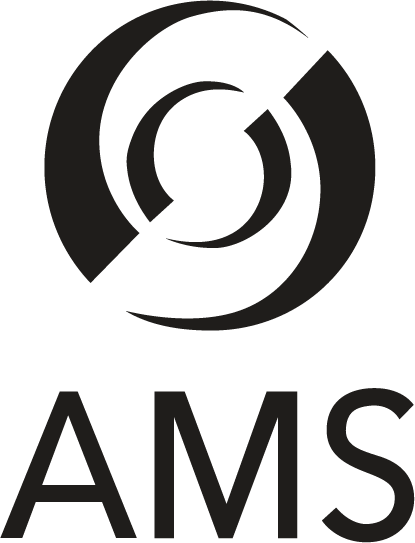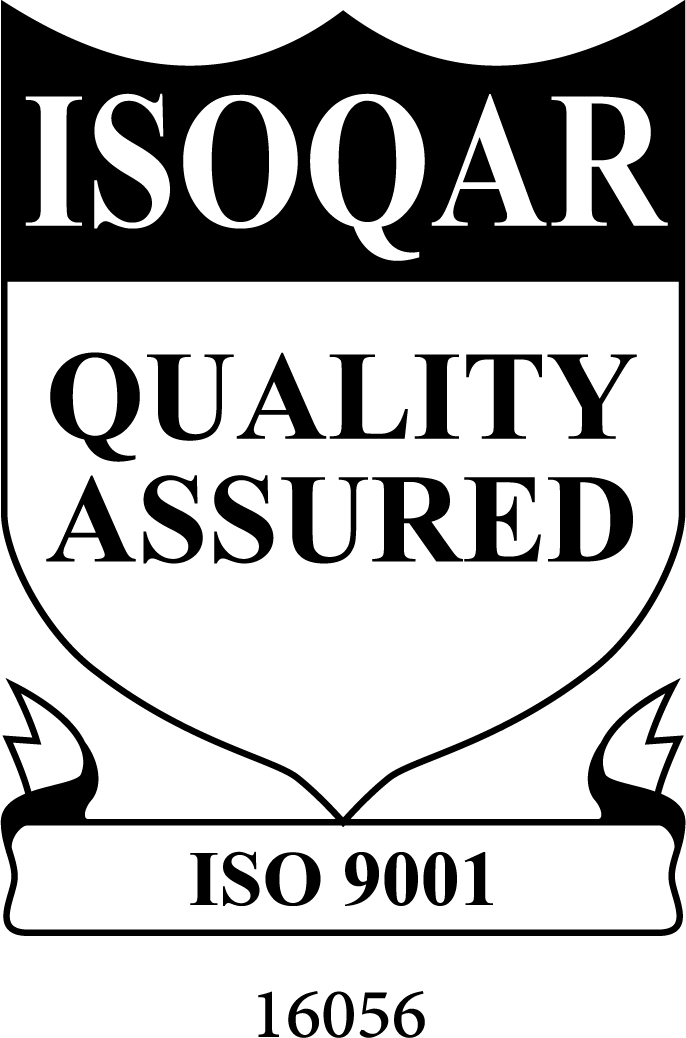MIL-R-39005/6
Resistors
RESISTOR,FIXED,WIRE WOUND,NONINDUCTIVE
MIL-R-39005/6
RESISTOR,FIXED,WIRE WOUND,NONINDUCTIVE
ACT NOW! SUBMIT A QUICK QUOTE.
Technical Characteristics
-
Temp Coefficient Of Resistance In Ppm Per Deg Celsius
-15.0 to 15.0
-
Electrical Resistance
16.200 ohms
-
Ambient Temp In Deg Celsius At Full Rated Power
125.0
-
Temp Range Of Temp Coefficient In Deg Celsius
-65.0 to 145.0
-
Inclosure Method
encapsulated
-
Terminal Length
1.000 inches minimum
-
Body Diameter
0.219 inches minimum and 0.281 inches maximum
-
Body Length
0.281 inches minimum and 0.343 inches maximum
-
(Non-Core Data) Cubic Measure
0.021 cubic inches
-
Manufacturers Code
81349
-
Non-Definitive Government Spec/Std Reference
mil-r-39005/6
-
Test Data Document
81349-mil-r-39005 specification
-
Specification/Standard Data
81349-mil-r-39005/6 government specification
-
Resistance Tolerance In Percent
-1.000 to 1.000
-
Ambient Temp In Deg Celsius At Zero Percent Rated Power
145.0
-
Terminal Type
wire lead
-
Reliability Indicator
established
-
Reliability Failure Rate Level In Percent
1.000
-
Power Dissipation Rating In Watts
0.125 free air
-
Iii Unpackaged Unit Weight
1.5 grams
-
Definitive Government Spec/Std Reference
rbr71s16r20fm
-
Style Designator
48 axial terminals one end


 Certified to
Certified to









